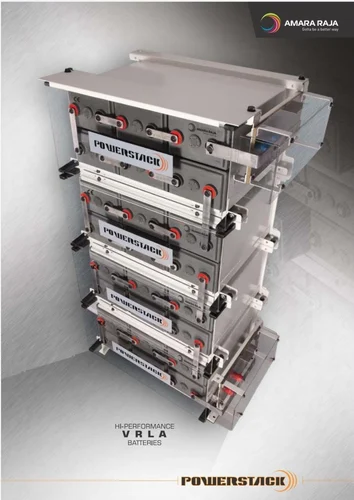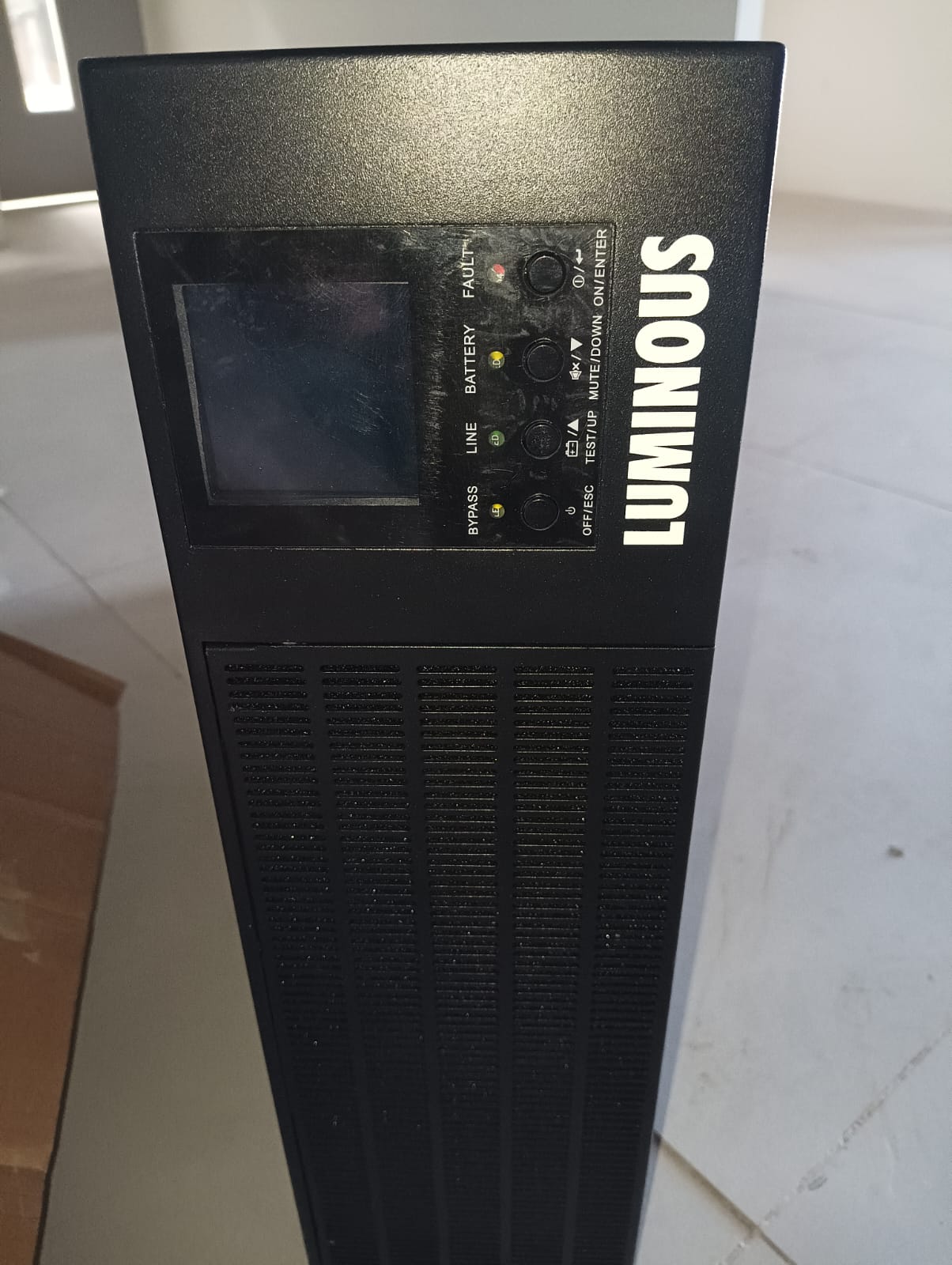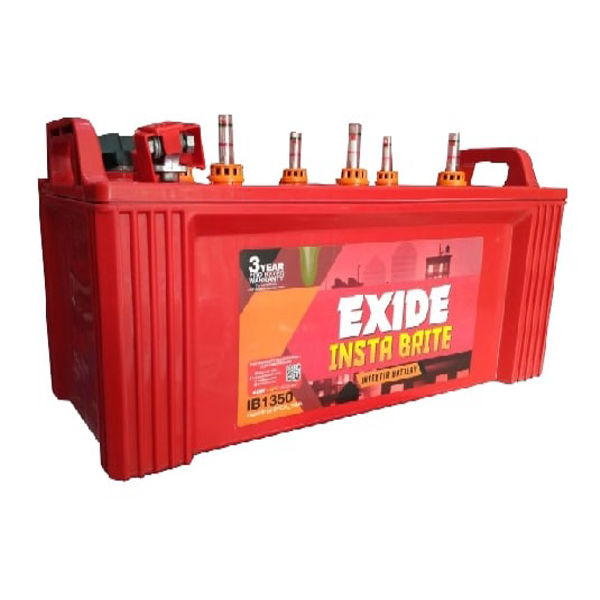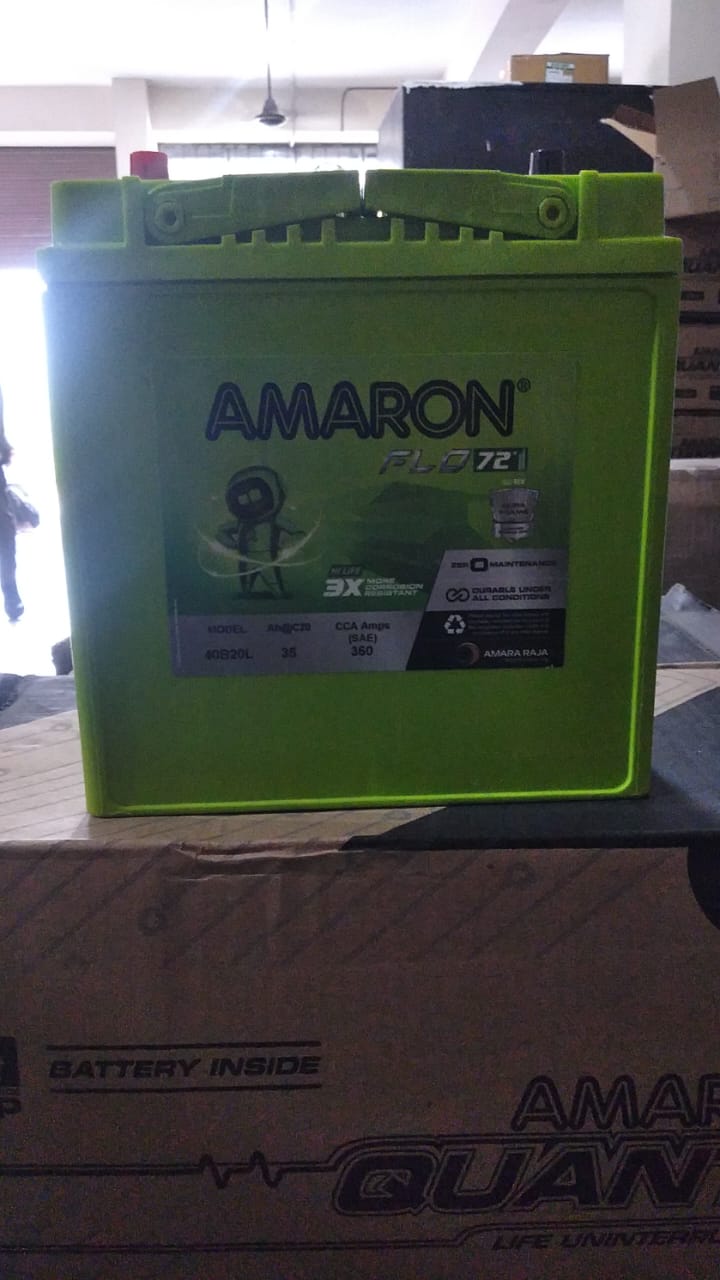The Vertiv Liebert Powerbank 600 is a modular and scalable uninterruptible power supply (UPS) solution designed for critical applications, particularly in data centers and telecommunications. It provides reliable power protection and is known for its flexibility and efficiency. Key Specifications Model: Liebert Powerbank 600 Capacity: 600 kVA Input Voltage: Typically supports 380/400/415 V three-phase systems Output Voltage: Configurable based on system requirements Form Factor: Modular design for easy scalability Efficiency: High efficiency, often exceeding 95% in double conversion mode Features Modular Design: Allows for easy expansion and maintenance, enabling users to add or replace modules as needed. High Availability: Designed for redundancy and reliability, ensuring continuous power supply to critical loads. Advanced Monitoring: Equipped with a user-friendly interface and remote monitoring capabilities for real-time performance tracking. Flexible Configuration: Supports various configurations to meet specific power requirements and environmental conditions. Battery Management: Intelligent battery management features to optimize battery life and performance. Scalability: Can be configured for parallel operation to increase capacity and redundancy. Compact Footprint: Designed to maximize power density in limited spaces, making it suitable for various installation environments. Applications Data Centers: Provides robust power protection for critical IT infrastructure. Telecommunications: Ensures uptime for communication systems. Industrial Applications: Safeguards sensitive equipment in manufacturing and processing environments. Performance Metrics Input Frequency: Typically supports 50/60 Hz Output Power Factor: Generally rated at 0.9, allowing for efficient power delivery. Operating Temperature: Designed to operate in a range of 0 to 40 degrees Celsius. Conclusion The Vertiv Liebert Powerbank 600 is a reliable and efficient UPS solution for businesses that require uninterrupted power supply for their critical applications. Its modular design, advanced features, and scalability make it suitable for a wide range of environments, ensuring that essential systems remain operational during power disturbances. For specific model details and configurations, it is advisable to consult the official Vertiv documentation or a local distributor.
Send Message







